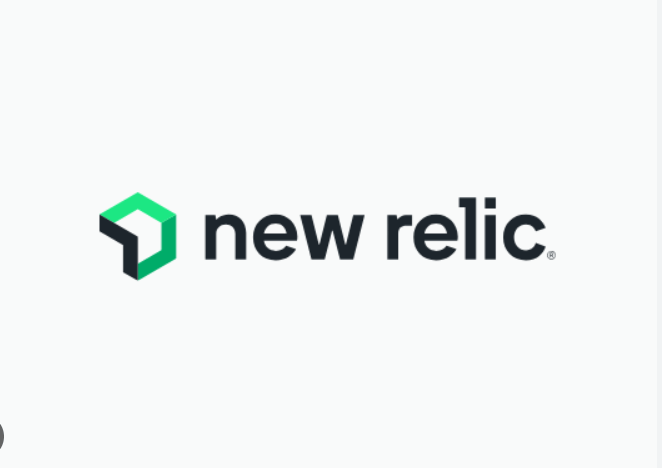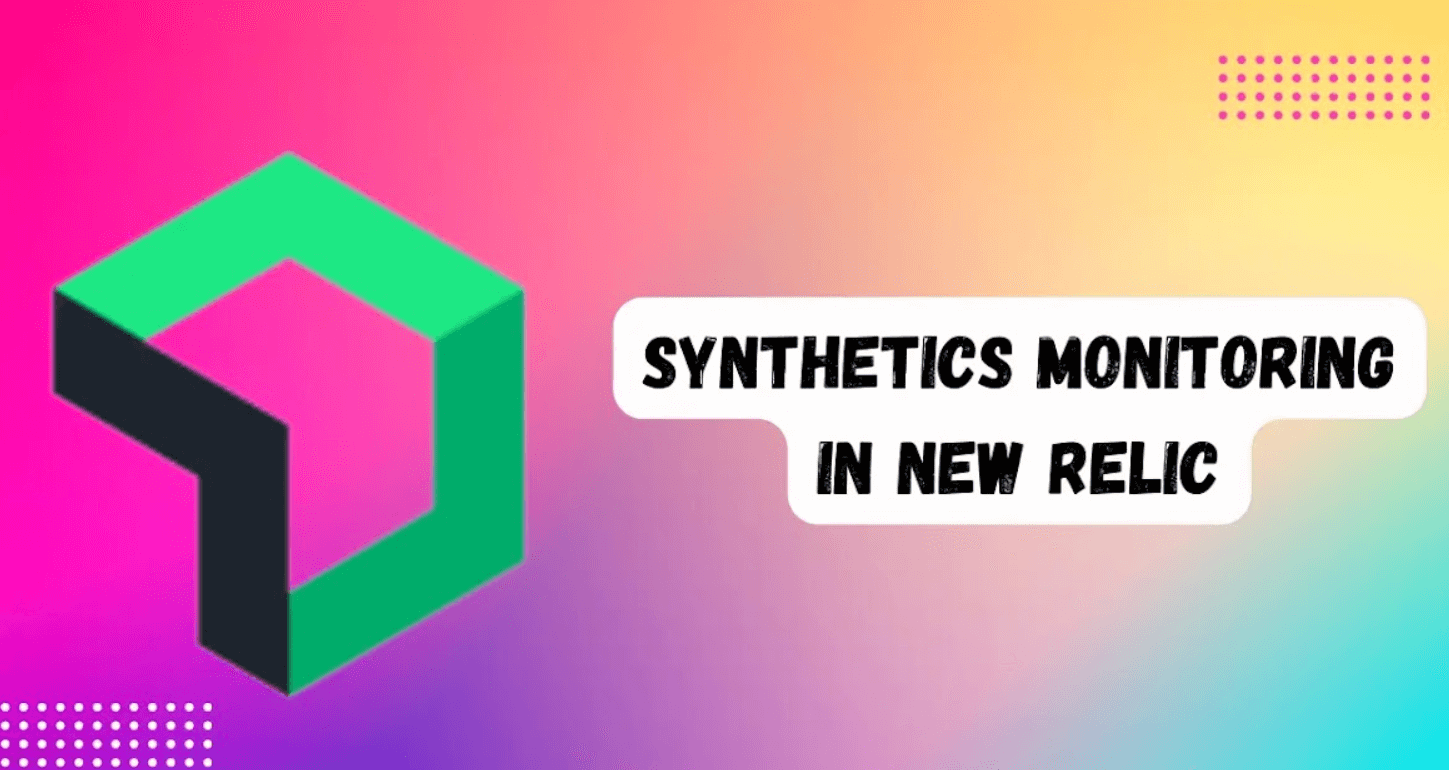Are you curious to know how to get Synthetics Monitoring to work in a new relic? So stick with us in this article. Let’s start learning about what New Relic means then we will move forward to how synthetics monitoring works in New Relic.
New Relic is an appreciable platform that assists you in generating better software. From any digital source, you can bring in data so that you can entirely appreciate your system, reply to occurs before they become problems, and inspect that data proficiently.
Setup of Synthetic Monitor
In New Relic, setting up the synthetic relied on various steps to make sure that you can monitor your services and applications effectively from replicate user interaction and from various locations.

Step 1: Synthetic Monitoring Accessing
Constantly checking the production of New Relic synthetic, because it works as an eagle’s eye guardian for your website.
- By visiting “One.newrelic.com”. Navigate to the New Relic.
- Then start signing in with your New Relic account credentials.
- Select Synthetics, From the top navigation menu.
Step 2: Generating a New Monitor
To start setting up a new monitor, click on the Create a monitor option.
Step 3: Selecting the Type of Monitor
According to your monitoring requirements, choose the type of monitor you want to create.
API Test Monitor
You have to give a URL and then your monitor, on the page a favorable outcome will test all the links.
View independent non-successful links and catch failures that bring about the failure.
Scripted Browser Monitor
Scripted browser monitoring is used for customized and enlightened monitoring. Create a custom script to execute particular actions, navigate your websites, and make sure that particular assets are present.
Simple Browser Monitor
Use Google Chrome, a Pre-Built scripted browser that appeals to your site. Then a simple ping monitor offers a more accurate copying of an actual consumer.
Step Monitor
To execute multiple tasks, configurable the monitor like texts, clicking elements, asserting modals, and dismissing modals.
Ping Monitor
Ping Monitor is the straightforward monitor type that checks if an application is online or not. To make appeals to your site, it uses a Java HTTP client.
Certificate Check Monitor
Based on a configurable threshold, actively ping your domain certificate. When certificate renewals are required, pair with an alert to ensure you receive notifications
Broken Link Monitor
Provide a broken link monitor URL, this monitor will test all the links on the page for success. View independent non-successful like and detect the collapse that caused the failure.
Step 4: Monitor Configuring

Follow the various steps to set up Synthetic monitoring in New Relic fruitfully.
Ping Monitor:
- For accessibility of monitoring, enter the IP address or URL like your compulsory API endpoint and homepage of a website.
- Rely on your monitoring requirements, and choose whether to accompany the redirects.
- To receive timely notifications, define an alert threshold for availability and reply time.
Simple Browser Monitor
- To load in the browser for monitoring, enter the URL of the page such as a key user flow or an essential landing page.
- Identify parameters for the page load and if any header is needed, if it is applicable.
- For load error rates and time, configure the alert threshold and set the time limit also for the page.
Scripted Browser Monitor
- Write a Java script to navigate pages, validate responses, simulate user interaction, and interact with elements.
- For robust scripts, utilize the New Relic script editor with error checking and syntax highlighting.
- To make sure of the precise behavior of user representation, and in detail test the script.
API Test Monitor
- Required parameters or headers, and for identifying the HTTP procedure, enter the API endpoint to monitor.
- For validation failures and response time, define the alert threshold.
- To make sure the checking status codes, specific data elements, and expected API consequences, Set up a reply validation.
- Broken Link Monitor
Step 5: Setting the Location of the Monitor
- From which you want to run the monitor, choose the locations. From multiple geographical regions, New Relic provides multiple global locations and permits you to stimulate user interaction.
- Consider selecting locations that represent your key user regions or bases with high traffic.
Step 6: Setting the Schedule of Monitor
- First you must decide how you want the monitor to run frequently.
- Contemplate the trade-off between data volume and monitoring regularity.
- More customary checks provide real-time data but may lead to higher data ingestion costs.
Step 7: Saving and Naming the Monitor
- You must give a significant and illustrative name to your monitor. If you have various monitor setups, this will assist you to recognize the monitor easily.
- Consider adding tags to classify the monitor based on environment, application, or any other relevant criteria.
- To create the monitor, click on the save button.
Step 8: Viewing the Results of the Monitor
- You can view the results in the New Relic UI after your monitor has run for some time.
- You will find valuable performance metrics including availability, response times, and any potential failures or errors.
- To identify performance bottlenecks and analyze trends, Use interactive graphs and charts.
Step 9: Setting Up Alerts
- You can configure alerting policies based on the monitoring consequences to ensure prompt action in case of any execution problems.
- To receive alerts when particular thresholds are breached, define notification channels and alert conditions (like email slack).
- Fine-tune alerting policies to ensure timely notifications of authentic issues and stay away from false positives
Step 10: Integrating with Dashboard
- To integrate synthetic monitoring data, grasp New Relic features like insights and a dashboard for a comprehensive view of your application.
- To gain deeper insights and visualize key metrics to create a custom dashboard for your application behavior.
- To correspond frontend and backend performance, gather synthetic monitoring data with infrastructure monitoring data and APM.
Conclusion
To ensure the reliability and performance of your applications from multiple geographical locations, Synthetic monitoring in New Relic is an important tool. You can identify and address the issues of performance, by regularly monitoring key metrics and stimulating the user experience. According to continued success, always try to keep track of your applications evolving needs and adjust your monitoring strategies.
Also Read: Wave_of_Happy_
FAQs
Q: Can I monitor APIs and authenticate responses using API Test monitors in New Relic?
Yes, you can monitor APIs and authenticate responses using API Test monitors in New Relic.
Q: Can I integrate synthetic monitoring data with other New Relic attributes?
Yes, you can integrate synthetic monitoring data with other New Relic attributes.
Q: What is synthetic monitoring in New Relic?
New Relic is a considerable platform that assists you in generating better software
Q: Can I replicate user interactions with Scripted Browser monitors?
Yes, you can replicate user interactions with scripted browser monitors.
Q: How do I set up a Ping monitor in New Relic?
If you want to set up a ping monitor, follow the given steps:
First, provide the IP address and URL for configuring alert threshold, and availability and select the locations of monitors.






